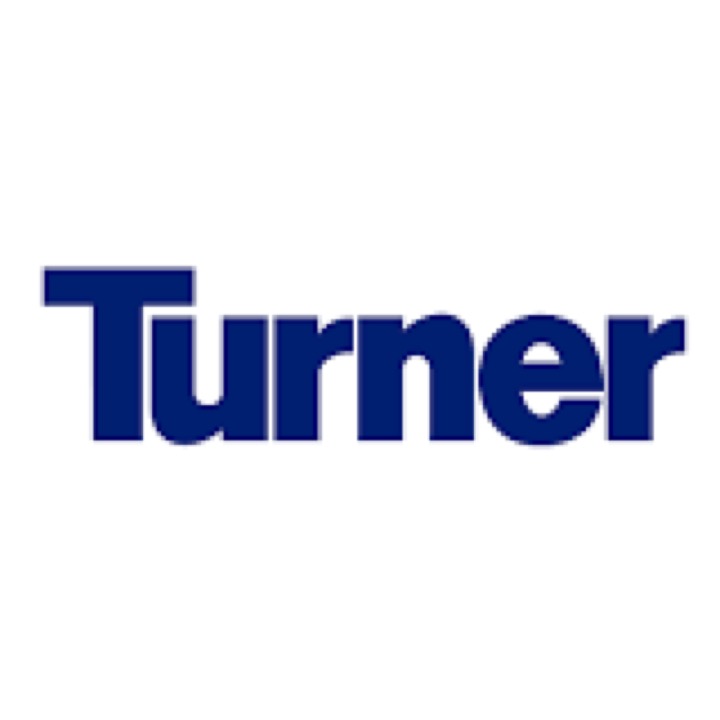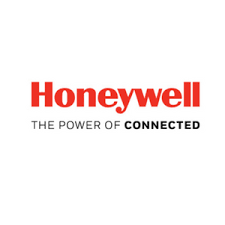Title Page
-
Conducted on
-
Authorised Technician
-
Technician ADSA Number
-
Job Number
-
Customer
-
Site Name
-
Post Code
Certificate of Maintenance
Asset Inspection:
-
Door Location
- Entrance - Main
- Entrance - Side
- Entrance - Rear
- Exit - Main
- Exit - Slide
- Exit - Rear
- Internal - Entrance
- Internal - Exit
- Internal - Warehouse
- Internal - Shop Floor
-
Manufacture
- FAAC
- RECORD
- TORMAX
- DORMA
- GEZE
- HORTON
- ASSA ABLOY
- GILGEN
- OTHER
-
Manufacture Name
-
Door Type
-
Image - Asset
-
Image - Asset No [Sticker]
Opening & Closing Forces Static Entrapment
-
Opening Force [ Newton ] - Should be <150 N
-
Closing Force [ Newton ] - Should be <150 N
Door Speeds and Energies
-
Ensure all speeds and powers are set to comply to BS EN 16005 or BS 7036
-
Opening Time [ Seconds ]
-
Closing Time [ Seconds ]
-
Hold Open [ Seconds ]
-
Clear Opening [ mm ]
Activation Detection Zones
-
Inner Radar
-
Inner Radar - Straight Approach
-
Distance[ mm ]
-
Inner Radar - Side Approach
-
Distance [ mm ]
-
Outer Radar
-
Outer Radar - Straight Approach
-
Distance [ mm ]
-
Outer Radar - Side Approach
-
Distance [ mm ]
Safety Sensor Detection Zones
-
Threshold Area/Closing direction Swept Area
-
Field Width
-
Size [ mm ]
-
Field Depth
-
Size [ mm ]
-
Monitored
-
Rear Edge Area/Opening Direction Swept Area
-
Field Width [ mm ]
-
Size [ mm ]
-
Field Depth [ mm ]
-
Size [ mm ]
-
Sensor Action
-
Comments
-
Monitored
Mechanical and Hinge Protection
-
Fingerguard
-
Barriers
-
ESPE Hinge protection
-
Construction Gaps
Escape System
-
Power outage Door Fails?
-
Why?
-
Door reaction on faults
-
Why?
-
Break Out fitted
-
Force required to break Out [ N ] - Should not exceed 220N
Door Signage
-
Automatic Door
-
Total
- 1
- 2
- 3
- 4
- 5
- 6
-
Directional Arrow
-
Total
- 1
- 2
- 3
- 4
- 5
- 6
-
Keep Clear
-
Total
- 1
- 2
- 3
- 4
- 5
- 6
-
No Entry/Exit
-
Total
- 1
- 2
- 3
- 4
- 5
- 6
-
Breakout
-
Total
- 1
- 2
- 3
- 4
- 5
- 6
-
Disability sign
-
Total
- 1
- 2
- 3
- 4
- 5
- 6
-
Push button to open
-
Total
- 1
- 2
- 3
- 4
- 5
- 6
-
Access controlled door
-
Total
- 1
- 2
- 3
- 4
- 5
- 6
Additional Check List
-
Program switch lockout tested
-
Occupiers’ safety check recorded
-
Locks Checked
-
Fire alarm - Conected?
- Yes
- No
-
Comments
Conformity
-
Standard
-
Asset Compliant
-
Why does door not comply?
-
Asset compliant
-
Why does door not comply?
PUWER
PUWER Regulation 4: Suitability of work equipment
-
Is the equipment suitable for the purpose for which it is used or provided?
-
Please explain why the equipment is not suitable?
PUWER Regulation 5: Maintenance
-
Is the equipment maintained in an efficient state; in efficient working order and in good repair?
-
Engineer Recommendations:
-
Where the equipment has a maintenance log, has it been kept up to date?
PUWER Regulation 6: Inspection
-
Is the equipment inspected regularly and are records kept of these inspections?
PUWER Regulation 7: Specific Risks
-
Equipment Operation: Does the equipment or parts of the equipment pose specific risks which mean that it's operation needs to be restricted to suitably trained persons?
-
Can those operating the equipment evidence they are competent to do so?
-
Equipment Maintenance: Does the equipment or parts of the equipment pose specific risks which mean that it's maintenance needs to be restricted to suitably trained persons?
-
Maintenance must always be carried out by the contracted and competent contractor.
-
Is this equipment/machine or parts of the equipment/machine guarded/provide prevention of use/access by untrained persons? (example: access coded)
PUWER Regulation 8: Information
-
Do all persons who use the equipment have access to the equipment's user manual?
PUWER Regulation 9: Training
-
Has a responsible person on site been shown how to correctly operate the equipment/asset; with all associated risks explained and precautions detailed in order to avoid/minimise these risks?
PUWER Regulation 10: Conformity with EU Directives
-
Does the asset/equipment have a CE Mark?
PUWER Regulation 11: Dangerous parts of machinery
-
Are there any unguarded hazards?
-
Please identify the unguarded hazards and preventative actions required?
-
Image of the hazard
PUWER Regulation 12: Protection against specified hazards
-
Is the design of the equipment fit for purpose (consider domestic/commercial/industrial use)
-
Please explain why the design is not fit for purpose?
PUWER Regulation 14: Controls for starting and making a significant change in operating conditions
-
Do the controls for starting the equipment, controlling speed, pressure or other operating conditions require a deliberate action? (Example: to modify the setup/change the parameters of an auto door, or the limits to a shutter)
-
Comment
PUWER Regulation 15: Stop controls
-
Is the equipment provided with one or more readily accessible controls which bring the equipment to a safe condition in a safe manner?
-
Is power disconnected to actuators after the equipment comes to a stop?
-
Does the stop command have priority over the start command?
-
Comments
PUWER Regulation 16: Emergency stop controls
-
Emergency stop controls are not required for hand held or hand guided machines or for machines which stop quickly using the stop control
-
Does this equipment require an emergency stop control?
-
Does this equipment have one or more emergency stop controls?
-
Please describe all remedial action required?
-
Please contact the office for approval to decommission the asset
PUWER Regulation 17: Controls
-
Are all controls clearly visible and identifiable?
-
Are the controls in a danger zone?
-
Image of controls
-
Recommendation for re-location of controls
-
Are the controls positioned where it is possible to see if anyone is in the danger zone? (Example: under a shutter when it is being lowered)
-
Is there a safe system of work in place to prevent any persons being in the danger zone when the equipment is being operated
-
Comments
PUWER Regulation 19: Isolation from sources of energy
-
Can the fused spur be isolated/fuse removed before the engineer starts any works on the asset?
-
Comments:
PUWER Regulation 20: Stability
-
Is the work equipment sufficiently stabilised? (example: shutter guide stability)
-
Please provide any recommendations to sufficiently stabilise the equipment
-
Please provide photographic evidence of stability risk
PUWER Regulation 21: Lighting
-
Has suitable and sufficient lighting been provided to safely use and maintain the equipment?
-
Recommendations
PUWER Regulation 22: Maintenance operations
-
Can maintenance operations be carried out whilst the equipment is shut down?
-
Can maintenance operations be carried out without exposing the person carrying them out to risk?
-
Can maintenance operations which involve risk be carried out safely if appropriate measures are taken to protect the person carrying out the work?
-
Please identify the control measures required to safely carry out maintenance on the equipment
-
DO NOT PROCEED WITH MAINTENANCE
-
Recommendations to improve safety to allow for maintenance operations
PUWER Regulation 23: Markings
-
Is the equipment marked in a clearly visible manner with any markings appropriate for reasons of health and safety?
-
Comments
PUWER Regulation 24: Warnings
-
Does the equipment incorporate any warnings or warning devices which are appropriate for reasons of health and safety?
-
Are the warnings given by warning devices unambiguous, easily perceived and easily understood?
-
Are warnings or warning devices required?
-
Please describe the warnings/warning devices required?
Signature
-
Client
-
Engineer
![Preventive Maintenance - Automatic Door [ Swing ] Preventive Maintenance - Automatic Door [ Swing ]](/assets/img/homepage/categories/construction.svg)









